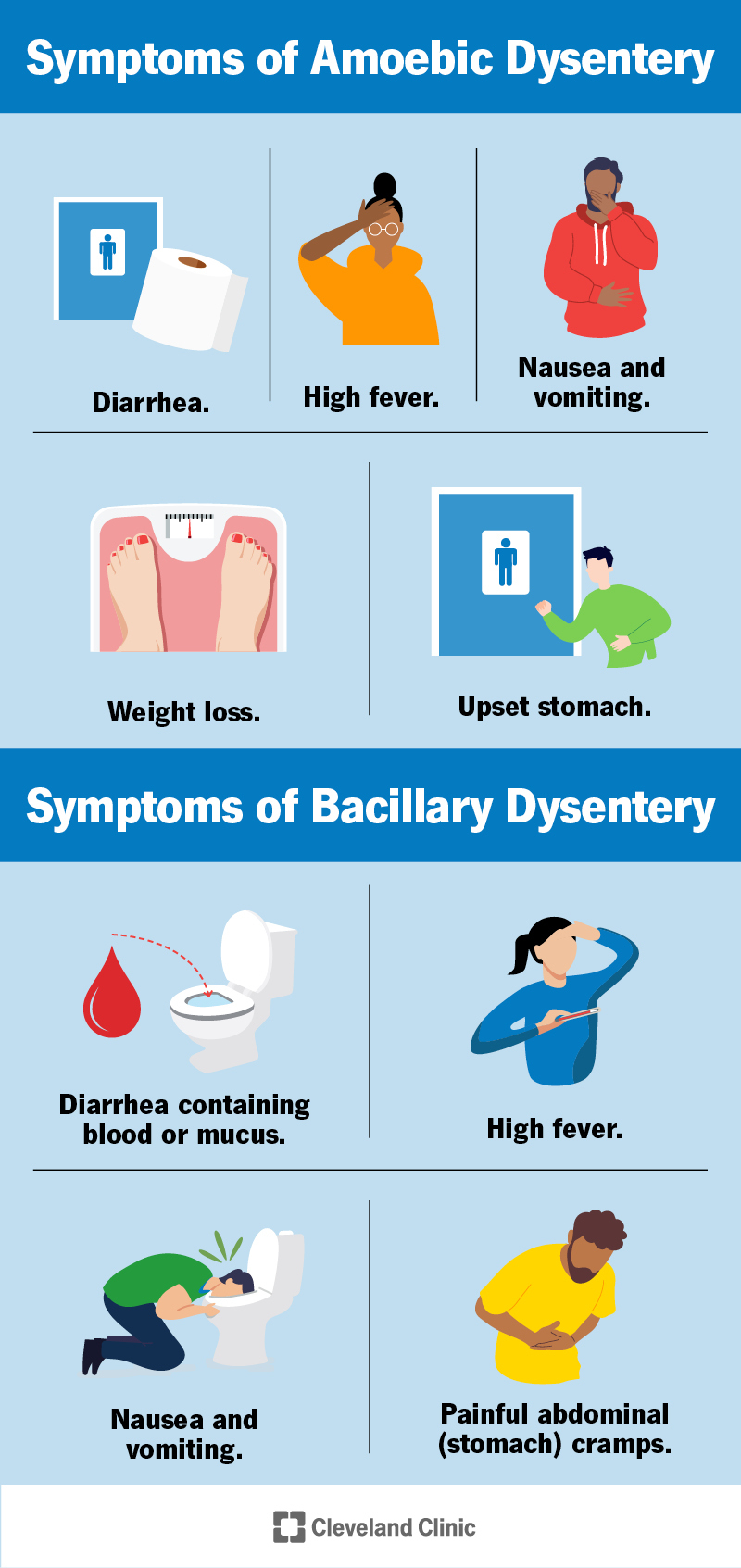Causes of Dysentery
Dysentery is caused by the ingestion of contaminated food or water. The bacteria that cause dysentery can be found in the feces of infected individuals, and can contaminate food and water through poor hygiene practices. Common sources of contamination include:
- Contaminated water supplies
- Poorly cooked or raw food
- Infected food handlers
- Contaminated utensils and equipment
Symptoms of Dysentery
The symptoms of dysentery can vary depending on the severity of the infection, but common symptoms include:
- Diarrhea
- Abdominal pain
- Bloody stools
- Fever
- Vomiting
- Loss of appetite
If left untreated, dysentery can lead to complications such as dehydration, electrolyte imbalance, and even death.
Prevention Strategies
As a public health official, there are several strategies that you can implement to prevent the spread of dysentery in your community. These include:
- Improving Water Quality: Ensuring that water supplies are safe and free from contamination is essential in preventing the spread of dysentery. This can be achieved through regular testing and treatment of water supplies, as well as the implementation of safe water storage and handling practices.
- Promoting Good Hygiene Practices: Promoting good hygiene practices such as handwashing, proper food handling, and sanitation can help to prevent the spread of dysentery. This can be achieved through education and awareness campaigns, as well as the provision of soap, toilet paper, and other hygiene facilities.
- Ensuring Safe Food Handling: Ensuring that food is handled and cooked safely is essential in preventing the spread of dysentery. This can be achieved through the implementation of safe food handling practices, such as proper cooking and storage of food, as well as the provision of training and education to food handlers.
- Implementing Vaccination Programs: Vaccination programs can help to prevent the spread of dysentery by reducing the number of individuals who are susceptible to the disease. This can be achieved through the implementation of vaccination programs, as well as the provision of information and education to the public.
- Conducting Regular Surveillance: Conducting regular surveillance of dysentery cases can help to identify outbreaks and prevent the spread of the disease. This can be achieved through the implementation of disease surveillance systems, as well as the provision of training and education to healthcare workers.
FAQs
- What is dysentery?
Dysentery is a type of gastrointestinal infection that is caused by the ingestion of food or water contaminated with the bacteria Shigella, Salmonella, or Campylobacter. - How is dysentery spread?
Dysentery is spread through the ingestion of contaminated food or water, as well as through poor hygiene practices. - What are the symptoms of dysentery?
The symptoms of dysentery include diarrhea, abdominal pain, bloody stools, fever, vomiting, and loss of appetite. - How can dysentery be prevented?
Dysentery can be prevented through the implementation of safe water and food handling practices, as well as the promotion of good hygiene practices. - What is the role of vaccination in preventing dysentery?
Vaccination programs can help to prevent the spread of dysentery by reducing the number of individuals who are susceptible to the disease. - How can public health officials prevent the spread of dysentery in their community?
Public health officials can prevent the spread of dysentery in their community by implementing safe water and food handling practices, promoting good hygiene practices, and conducting regular surveillance of dysentery cases.
Conclusion
Dysentery is a serious gastrointestinal infection that can have significant consequences if left untreated. As a public health official, it is essential to take proactive measures to prevent the spread of dysentery in your community. By implementing safe water and food handling practices, promoting good hygiene practices, and conducting regular surveillance of dysentery cases, you can help to reduce the incidence of dysentery and protect the health and well-being of your community. Remember, prevention is key, and by working together, we can prevent the spread of dysentery and promote a healthier and safer community for all.
By following the prevention strategies outlined in this article, and by staying informed about the causes, symptoms, and prevention strategies for dysentery, you can help to protect your community from the risks of dysentery. Remember to always prioritize good hygiene practices, safe food and water handling, and regular surveillance of dysentery cases. Together, we can prevent the spread of dysentery and promote a healthier and safer community for all.
Additional Resources
For more information on dysentery prevention and control, please visit the following websites:
- World Health Organization (WHO)
- Centers for Disease Control and Prevention (CDC)
- National Institute of Allergy and Infectious Diseases (NIAID)
By following these tips and staying informed, you can help to prevent the spread of dysentery and promote a healthier and safer community for all.
Closure
Thus, we hope this article has provided valuable insights into Dysentery prevention in public health officials. We hope you find this article informative and beneficial. See you in our next article!
